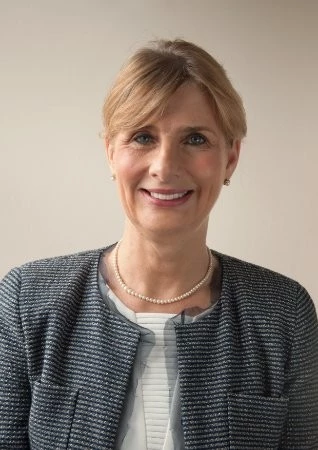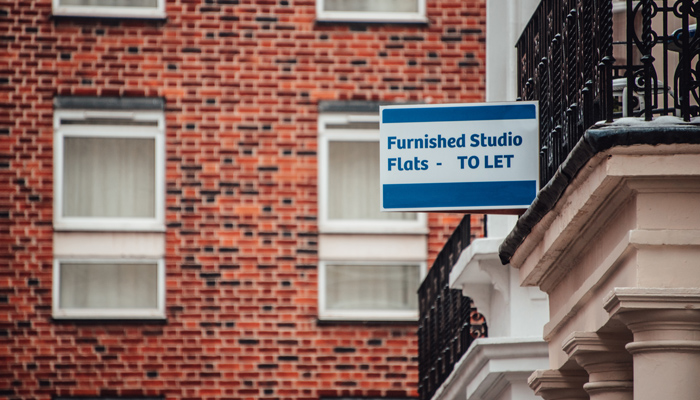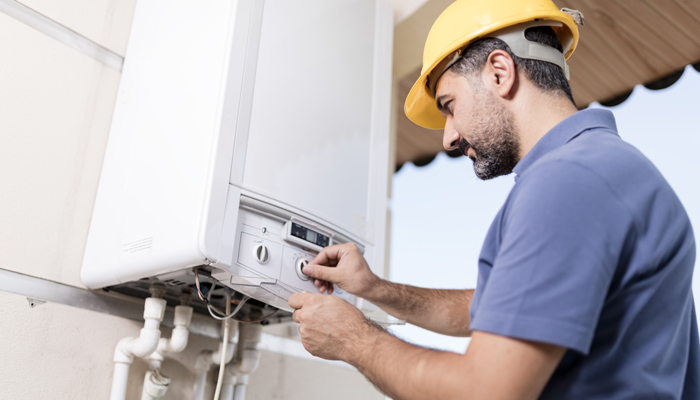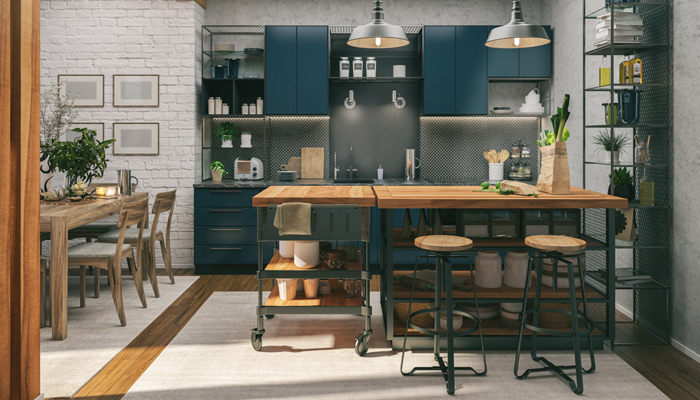What are Tenants Looking For in Rental Properties?
As the cost-of-living crisis continues, private tenants have experienced the fastest rent rise for seven years since the beginning of 2023. The increase in mortgage rates has seen renters across the UK face a 4% rise in rent, as struggling landlords tried to cover their costs. With landlords under more pressure than ever to attract reliable tenants for their rental properties, let’s look at what today’s renters are looking for in a home.
1 . Private tenants still want pet-friendly pads
More than a third of the UK’s homes welcomed new pets during the pandemic, and Rightmove reported a 120% increase in renters looking for pet-friendly pads in late 2021. With so many households now home to a pet, it’s no surprise that the pet friendly filter is still the most popular with private tenants searching Rightmove.
Pet-friendly landlords may find themselves with access to a much wider pool of prospective tenants, whereas rental properties that don’t accept dogs could put potential tenants off. With the issue of pets so high on renters’ wish lists, landlords with pet-free tenants currently in situ may find they move on to another rental property for the longer term if they aren’t willing to compromise on owning a pet.
2. Rental properties with bills included
According to Rightmove, the second most common search by tenants seeking rental properties is ‘bills included’. Most private landlords don’t tend to offer ‘bills included’ contracts when renting out a property, but it’s always been a common feature with student rentals.
With utility costs rising and many tenants feeling the financial squeeze, it’s easy to see why properties that include bills in the rent are more appealing to tenants from every demographic.
Including the cost of the bills in the rent for a rental property may seem risky to landlords, but it can also have benefits for the maintenance of the property itself. Tenants who are struggling to cover the costs of heating and other bills may resort to keeping the heating off for longer periods and allowing the house to become cold.
Over time, this can lead to problems like damp and mould forming throughout the property, which are the landlord’s responsibility to eliminate. Covering the cost of utilities could avoid tenants inadvertently causing costly damage to the property while grappling with costs.
3. Location is key for renters
When the lockdowns lifted, many renters had switched from office-based jobs to remote working, pushing an office space and rural locations to the top of their wish lists for rental properties. As many employers slowly encouraging staff to return to the office, good links to local transport are becoming a priority again.
With over 66% of private renters working full time, it’s understandable that many are keen to find a property within easy reach of the office to keep the commute manageable. Rental properties close to train and tube stations, bus stops and motorways are likely to be back in favour with would-be renters.
4. The new build revolution continues
Of the new homes purchased in 2021, one in every 10 was a new build, indicating a rise in their popularity compared to previous years5. It’s likely that this preference for newer homes is shared by those looking for rental properties as well as buyers, so it’s worth landlords looking to widen their portfolio considering the new build option.
One of the biggest reasons for the new build trend is their tendency to be more energy efficient than older buildings. With the energy crisis slowing no signs of slowing, a higher EPC rating and lower utility bills are high on private renters’ priority lists.
Most new build homes have an open plan design for a contemporary feel, and this style of rental property may be particularly appealing to younger tenants. With younger renters likely to be renting for longer periods while they save for a deposit to buy (if buying is feasible at all), they may be less likely to compromise on the style of home they want to live in.
What does this mean for rental properties?
Understanding the rental property features that matter most to tenants is crucial for landlords investing in a buy-to-let property. Features such as welcoming pets, incorporating at least some of the bills, transport links and new builds look set to remain on renters’ wish lists for some time to come.
Keeping on top of search trends can also help landlords to maximise their existing portfolios. Fox example, one of the biggest priorities for landlords’ rental properties should be to raise the level of their properties’ Energy Performance Certificates.
With only 7% of landlords currently accepting pets6, choosing to make a property cat or dog friendly could also help to maximise the return on an investment property. With the pressure on landlords to attract long-term, reliable renters, it’s the perfect time to reassess how to accommodate their new priorities.
Sources:
1.www.bbc.co.uk: Tenants seek ‘bills included’ homes as energy costs rise
2.www.rightmove.co.uk:Demand soars for pet friendly rental homes
3.www.bbc.co.uk: Rents rising at fastest rate for seven years
4.English Housing Survey 2021-2022
5.www.propertyreporter.co.uk: Average new-build rental premium at 23% as build-to-rent boom continues
6.www.landlordvision.co.uk: What do tenants want in 2022
This is a marketing article from Towergate Insurance.
Landlord insurance from Towergate
Landlord insurance provides cover specifically for renting properties, including loss of rent cover and property portfolios. For more information visit our dedicated landlord insurance page or call us on 0344 892 1664
About the author
 Alison Wild BCom (Hons), FMAAT, MATT, Taxation Technician is a highly respected industry professional who has been working with and advising SMEs in areas including tax, pensions, insurance and marketing for over 25 years. She is a member of the Association of Accounting Technicians (AAT) and Association of Tax Technicians (ATT) and also has 20 years' experience as a residential landlord.
Alison Wild BCom (Hons), FMAAT, MATT, Taxation Technician is a highly respected industry professional who has been working with and advising SMEs in areas including tax, pensions, insurance and marketing for over 25 years. She is a member of the Association of Accounting Technicians (AAT) and Association of Tax Technicians (ATT) and also has 20 years' experience as a residential landlord.
Date: March 09, 2023
Category: Landlords








